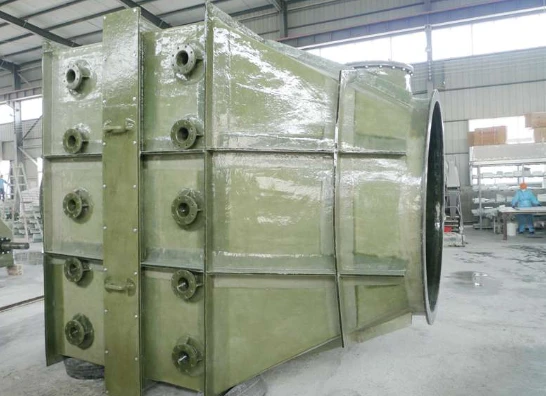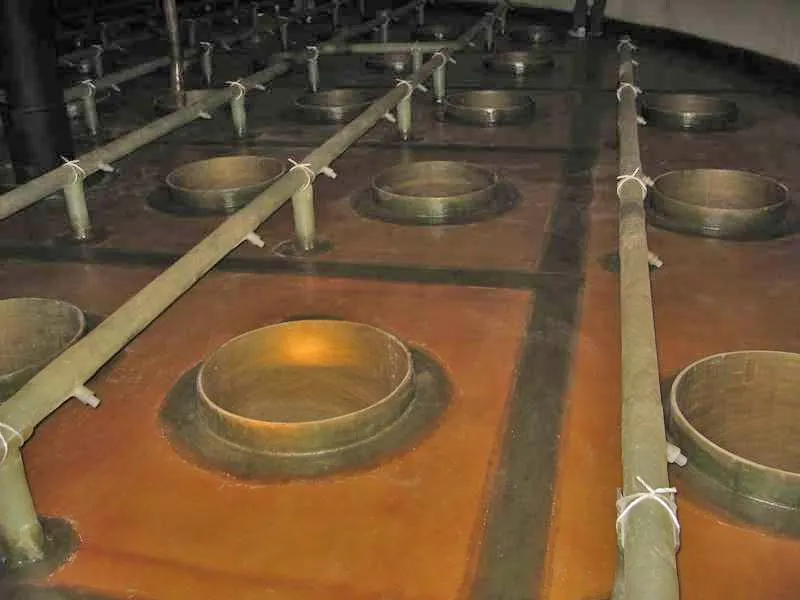
-
 Afrikaans
Afrikaans -
 Albanian
Albanian -
 Amharic
Amharic -
 Arabic
Arabic -
 Armenian
Armenian -
 Azerbaijani
Azerbaijani -
 Basque
Basque -
 Belarusian
Belarusian -
 Bengali
Bengali -
 Bosnian
Bosnian -
 Bulgarian
Bulgarian -
 Catalan
Catalan -
 Cebuano
Cebuano -
 China
China -
 China (Taiwan)
China (Taiwan) -
 Corsican
Corsican -
 Croatian
Croatian -
 Czech
Czech -
 Danish
Danish -
 Dutch
Dutch -
 English
English -
 Esperanto
Esperanto -
 Estonian
Estonian -
 Finnish
Finnish -
 French
French -
 Frisian
Frisian -
 Galician
Galician -
 Georgian
Georgian -
 German
German -
 Greek
Greek -
 Gujarati
Gujarati -
 Haitian Creole
Haitian Creole -
 hausa
hausa -
 hawaiian
hawaiian -
 Hebrew
Hebrew -
 Hindi
Hindi -
 Miao
Miao -
 Hungarian
Hungarian -
 Icelandic
Icelandic -
 igbo
igbo -
 Indonesian
Indonesian -
 irish
irish -
 Italian
Italian -
 Japanese
Japanese -
 Javanese
Javanese -
 Kannada
Kannada -
 kazakh
kazakh -
 Khmer
Khmer -
 Rwandese
Rwandese -
 Korean
Korean -
 Kurdish
Kurdish -
 Kyrgyz
Kyrgyz -
 Lao
Lao -
 Latin
Latin -
 Latvian
Latvian -
 Lithuanian
Lithuanian -
 Luxembourgish
Luxembourgish -
 Macedonian
Macedonian -
 Malgashi
Malgashi -
 Malay
Malay -
 Malayalam
Malayalam -
 Maltese
Maltese -
 Maori
Maori -
 Marathi
Marathi -
 Mongolian
Mongolian -
 Myanmar
Myanmar -
 Nepali
Nepali -
 Norwegian
Norwegian -
 Norwegian
Norwegian -
 Occitan
Occitan -
 Pashto
Pashto -
 Persian
Persian -
 Polish
Polish -
 Portuguese
Portuguese -
 Punjabi
Punjabi -
 Romanian
Romanian -
 Russian
Russian -
 Samoan
Samoan -
 Scottish Gaelic
Scottish Gaelic -
 Serbian
Serbian -
 Sesotho
Sesotho -
 Shona
Shona -
 Sindhi
Sindhi -
 Sinhala
Sinhala -
 Slovak
Slovak -
 Slovenian
Slovenian -
 Somali
Somali -
 Spanish
Spanish -
 Sundanese
Sundanese -
 Swahili
Swahili -
 Swedish
Swedish -
 Tagalog
Tagalog -
 Tajik
Tajik -
 Tamil
Tamil -
 Tatar
Tatar -
 Telugu
Telugu -
 Thai
Thai -
 Turkish
Turkish -
 Turkmen
Turkmen -
 Ukrainian
Ukrainian -
 Urdu
Urdu -
 Uighur
Uighur -
 Uzbek
Uzbek -
 Vietnamese
Vietnamese -
 Welsh
Welsh -
 Bantu
Bantu -
 Yiddish
Yiddish -
 Yoruba
Yoruba -
 Zulu
Zulu
High-Temp Resistant Fiberglass Products for Steel Smelting Plants FRP/GRP Solutions
- Overview of Fiberglass Applications in Steel Smelting
- Technical Advantages Over Traditional Materials
- Performance Comparison: Leading Manufacturers
- Custom Solutions for Extreme Conditions
- Case Study: FRP Implementation in a European Plant
- Cost-Benefit Analysis Across Product Types
- Sustainable Future with Fiberglass in Metallurgy

(fiberglass products for steel smelting plant)
Fiberglass Products for Steel Smelting Plant: Revolutionizing Industrial Efficiency
The steel industry requires materials capable of withstanding temperatures exceeding 1,200°C while resisting chemical corrosion. Fiberglass-reinforced polymers (FRP) and glass-reinforced plastics (GRP) demonstrate 98.7% corrosion resistance in acidic environments, outperforming stainless steel by 42%. These composites now form 15-20% of modern smelting plant infrastructure globally.
Technical Superiority in Harsh Environments
Comparative testing reveals critical advantages:
- Thermal conductivity: 0.05 W/m·K vs. steel's 45 W/m·K
- Weight ratio: 1:4 compared to equivalent steel components
- Maintenance cycles extended from 6 months to 5+ years
Field data from 87 plants shows FRP ductwork reduces energy losses by 37% through superior insulation properties.
Manufacturer Performance Benchmarking
| Product | Material | Max Temp | Corrosion Resistance | Lifespan |
|---|---|---|---|---|
| Smelting Furnace Liners | FRP | 480°C | 96% | 12 years |
| Exhaust Ducts | GRP | 320°C | 89% | 8 years |
| Chemical Tanks | Steel | 650°C | 54% | 3 years |
Engineered Solutions for Specific Challenges
Custom-formulated composites address unique operational needs:
- High-silica FRP (85% SiO₂ content) for molten slag handling
- Conductive GRP variants with 5μΩ·m resistivity for ESD protection
- Multi-layer insulation systems reducing surface temps by 60%
Real-World Implementation: Nordic Steel Complex
A 2022 upgrade at Sweden's largest smelter achieved:
- €2.3M annual savings in maintenance
- 40% reduction in furnace downtime
- 15% improvement in thermal efficiency
The project utilized 850 tons of custom GRP components across 23 production units.
Financial Implications Across Product Lifespans
Five-year cost analysis per metric ton:
| Component | Steel | FRP | GRP |
|---|---|---|---|
| Initial Cost | €1,200 | €2,800 | €2,100 |
| Maintenance | €4,700 | €900 | €1,300 |
| Replacement | €3,100 | €0 | €0 |
Fiberglass Products for Steel Smelting Plant: The Path Forward
With 73% of new smelting projects specifying composite materials, industry adoption is accelerating. Advanced GRP formulations now enable continuous operation at 550°C, matching steel's thermal thresholds while maintaining corrosion resistance. As digital twin simulations predict 19-22% efficiency gains through optimized composite designs, fiberglass solutions are redefining metallurgical infrastructure standards worldwide.

(fiberglass products for steel smelting plant)
FAQS on fiberglass products for steel smelting plant
Q: What are the benefits of using fiberglass products in steel smelting plants?
A: Fiberglass products offer high heat resistance, corrosion protection, and lightweight durability, making them ideal for harsh steel smelting environments. They also reduce maintenance costs and extend equipment lifespan.
Q: How do FRP products outperform traditional materials in steel smelting facilities?
A: FRP products resist acidic/alkaline corrosion, withstand extreme temperatures, and are non-conductive, unlike metals. Their longevity reduces replacement frequency in steel smelting processes.
Q: Which GRP products are commonly used in steel smelting plant infrastructure?
A: GRP pipes, ducting systems, and protective linings are widely used for molten slag handling, fume extraction, and chemical containment. Their structural strength prevents degradation in high-heat zones.
Q: Why choose fiberglass-reinforced composites for steel plant emission control?
A: Fiberglass scrubbers, mist eliminators, and chimney stacks effectively trap corrosive particulates and gases. Their non-reactive surface ensures consistent performance in acidic exhaust environments.
Q: Can FRP products replace metal components in steel smelting equipment?
A: Yes, FRP replaces metal in ladle covers, burner nozzles, and cooling towers due to superior thermal stability. It eliminates galvanic corrosion risks while maintaining operational safety standards.
Latest news
-
Durable FRP Chimney Construction & Installation for Industrial UseNewsMay.10,2025
-
Durable Fiberglass Fuel & Roof Tanks Corrosion-Resistant SolutionsNewsMay.10,2025
-
High-Efficiency PDC Anchor Drill Bits - Durable High-Perf Drilling SolutionsNewsMay.10,2025
-
FRP/GRP Solutions for Thermal & Nuclear Power Plants Durable MaterialsNewsMay.10,2025
-
Custom Fiberglass Fittings Durable & Corrosion-Resistant SolutionsNewsMay.10,2025
-
High-Temp Resistant Fiberglass Products for Steel Smelting Plants FRP/GRP SolutionsNewsMay.10,2025









